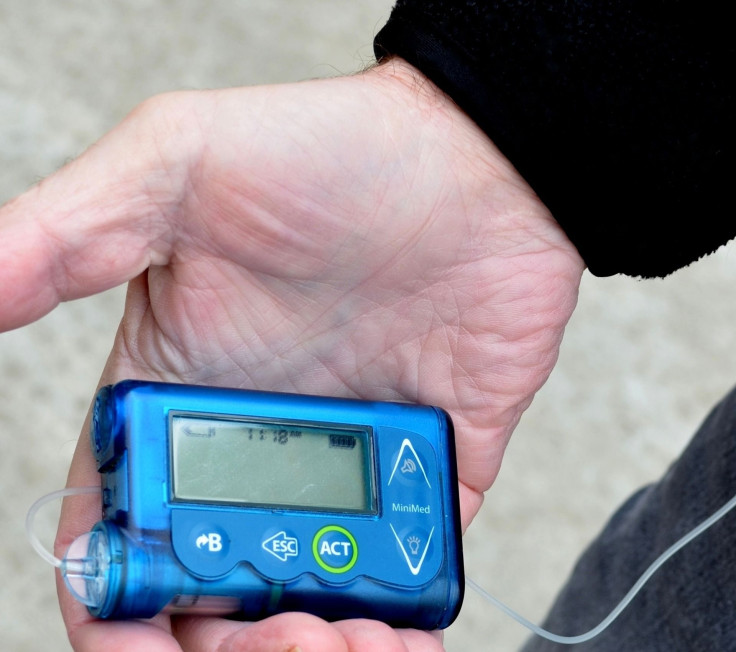Type-1 Diabetes Treatment: Novel Artificial Pancreas System Effectively Controls Blood Glucose Levels In Children

KEY POINTS
- 1 in 400 American kids, adolescents and young adults below 20 years of age are diabetic
- New artificial pancreas system appears promising in treating children with this condition
- It replaces the need for fingerstick testing and other invasive glucose monitoring methods to deliver insulin
Type-1 diabetes affects nearly 1 in 400 kids, adolescents and young adults below 20 years of age in the United States according to the diabetes research. The lifelong condition affecting 1.25 million Americans has no cure yet. But thanks to a new artificial pancreas system that automatically monitors and regulates blood glucose system, type-1 diabetes in children as young as 6 can now be controlled.
A new trial funded by the National Institutes of Diabetes and Digestive and Kidney Diseases (NIDDK) which included four American pediatric diabetes centers found that the new artificial pancreas device was successful in maintaining their blood glucose levels in a healthy range. The results are published in the New England Journal of Medicine.
"Fewer than 1 in 5 children with type-1 diabetes are able to successfully keep their blood glucose in a healthy range with current treatment, which may have serious consequences on their long-term health and quality of life," said the study’s project scientist Guillermo Arreaza-Rubin, M.D., director of NIDDK’s Diabetes Technology Program.
News: Artificial pancreas effectively controls type 1 diabetes in children age 6 and up https://t.co/nJprgJeP4v
— NIH (@NIH) August 26, 2020
Previous studies have shown that the artificial pancreas system was both safe and effective for individuals aged 14 and above. And this new trial has demonstrated the same for in a real-world setting with younger kids.
The new 'all-in-one' diabetes management system
The artificial pancreas tracks a person’s blood glucose levels using a continuous glucose monitor and automatically delivers the insulin hormone as needed via an insulin pump. There is no need to rely upon testing by fingerstick or a continuous glucose monitor (CGM) device to deliver insulin by multiple daily shots or a pump controlled by a diabetic patient or their caregiver.
In their study, the researchers enrolled 101 children aged 6 to 13 and assigned them to the experimental group which used the novel artificial system or to the control group that used CGM and a standard insulin pump to manage type-1 diabetes.
The data collection was done every other week for four months and the participants were asked to continue about their daily lives so as to find out how the system worked in typical routines.
Here’s what they found about kids who got to use the new artificial pancreas system:
- 7% improvement in maintaining healthy blood glucose levels during the day
- 26% improvement in nighttime blood glucose control
Nighttime blood glucose control is crucial for individuals with type-1 diabetes since severe, unchecked hypoglycemia — an extremely low level of blood glucose levels — can lead to severe consequences like a seizure, coma, or even death.
© Copyright IBTimes 2025. All rights reserved.






















